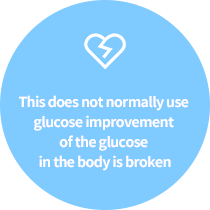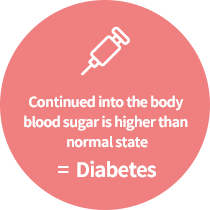Insulin Pump Therapy
What is Diabetes?
Diabetes is a metabolic disease where the body’s pancreas does not produce enough insulin or does not properly respond to insulin produced, resulting in high blood sugar levels over a prolonged period. There are several different types of diabetes, but the most common forms are type 1 and type 2 diabetes. Both impact glucose levels, and if left untreated, can cause serious complications.
Type 1 diabetes (T1D) can occur at any age, but is most commonly diagnosed from infancy to late 30s. If a person is diagnosed with type 1 diabetes, their pancreas produces little to no insulin, and the body’s immune system destroys the insulin-producing cells in the pancreas. Those diagnosed with type 1 diabetes must inject insulin several times every day or continually infuse insulin through a pump, as well as manage their diet and exercise habits.
Type 2 diabetes (T2D) typically develops after age 40, but has recently begun to appear with more frequency in children. If a person is diagnosed with type 2 diabetes, their pancreas still produces insulin, but the body does not produce enough or is not able to use it effectively. Those diagnosed with type 2 diabetes manage their disease through a combination of treatments, including diet control, exercise, self-monitoring of blood glucose, and in some cases, oral drugs, insulin or insulin pumps.
Researchers are still trying to get a clear picture of what causes diabetes—they’ve found that genes don’t tell the whole story, and that environmental factors also play a role. Lack of exercise and obesity in modern society has contributed to an increased risk of T2. There is also a misconception that the cause of diabetes is hereditary, and primarily occurs in families where there is someone else with diabetes.



Diabetes Complications

Diabetes is the #1 cause of adult blindness.
Diabetes is the leading cause of blindness among adults aged 20 – 74 years.
Diabetes is the #1 cause of kidney failure.
Diabetes is the leading cause of kidney failure accounting for 44% of new cases.
Diabetes is the #1 cause of non-traumatic lower limb amputations
Diabetes causes more than 60% of non-traumatic lower limb amputations each year. Undiagnosed or uncontrolled diabetes is recognised as the reason for this rate to be increasing.
Diabetes diagnostic criteria
From American Diabetes Association – standards of medical care in diabetes 2015
| A1C (percent) |
Fasting Plasma Glucose (mgdL) |
Oral Glucose Tolerance Test (mgdL) |
|
|---|---|---|---|
| Diabetes | 6.5 or above | 126 or above | 200 or above |
| Prediabetes | 5.7 to 6.4 | 100 to 125 | 140 to 199 |
| Normal | About 5 | 99 or below | 139 or below |
Common symptoms of type 1 diabetes include excessive thirst, constant hunger, excessive urination, rapid weight loss for no reason, hard breathing, vision changes, drowsiness or exhaustion. These symptoms can occur quickly.
Type 2 diabetes may have similar, but less obvious symptoms. Often have no symptoms and are only diagnosed after many years following onset. As a consequence approximately half of all people affected with type 2 diabetes are not aware that they have this life-threatening condition. The table above outlines results from the three common methods used to diagnose T2 diabetes.
A third type of diabetes, gestational diabetes mellitus (GDM) develops during some cases of pregnancy but often disappears after the pregnancy. People who have had GDM during pregnancy are at a much higher risk of developing T2 diabetes.